An unprecedented Category 5 atmospheric river struck British Columbia and Alaska in September 2024, delivering torrential rain and causing significant disruption. Atmospheric rivers are massive streams of moisture that transport water vapor from the tropics to the poles, playing a crucial role in shaping weather patterns across the West Coast. While these systems can provide much-needed rain, their extreme intensity, as demonstrated by this storm, can also lead to flooding, landslides, and infrastructure damage.
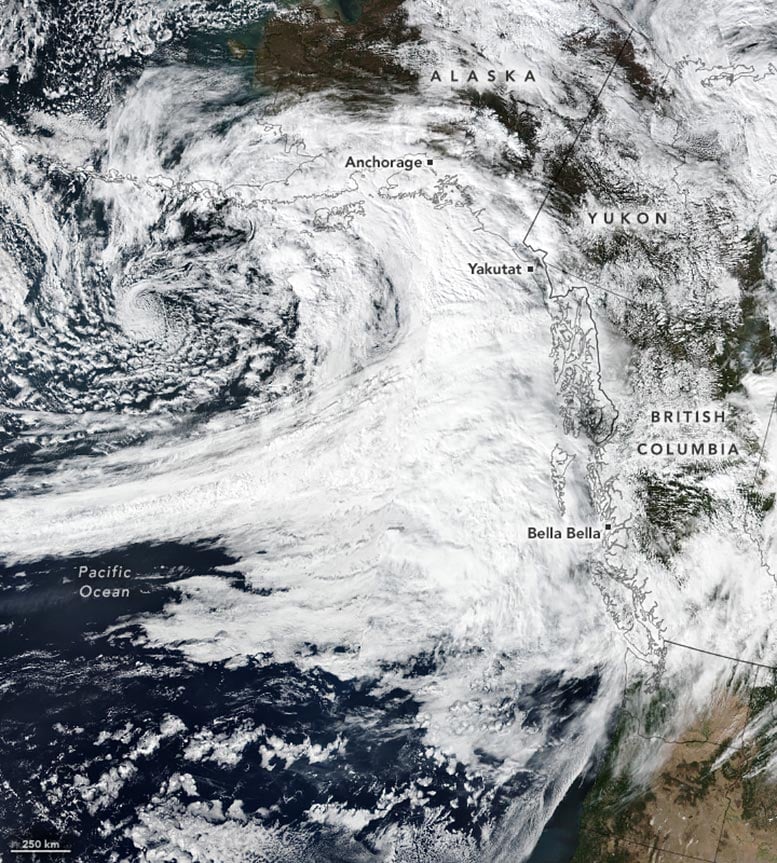
This recent storm, captured by satellite imagery, showed an enormous plume of moisture stretching from Southeast Asia to North America. Over several days, towns along the coast, such as Bella Bella, experienced heavy rainfall, with totals ranging from 50 to 100 millimeters daily. This storm, one of the most intense in recorded history, highlights the growing frequency of powerful atmospheric rivers in the region.
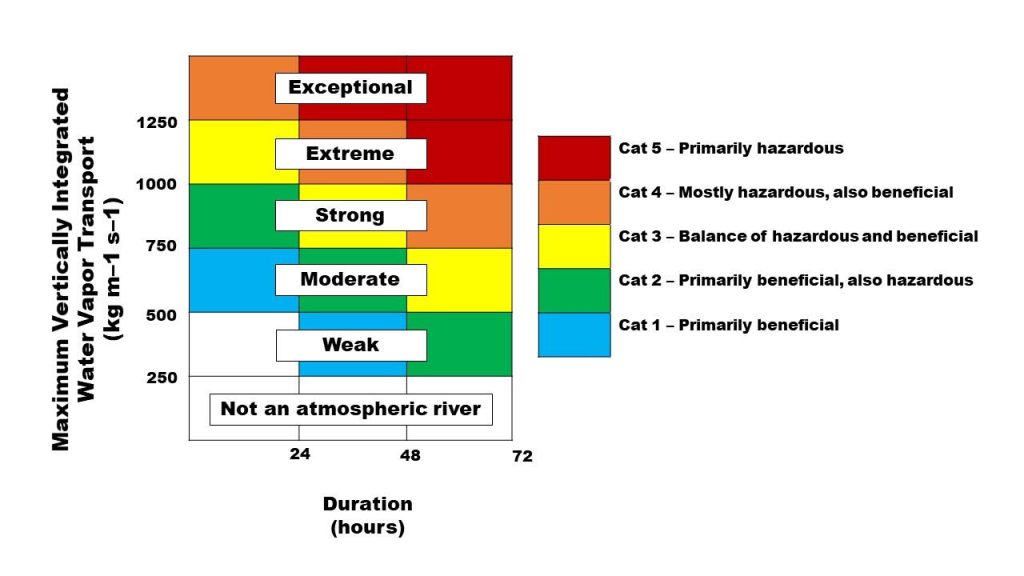
Although atmospheric rivers are not new to the West Coast, their increasing intensity, fueled by climate change, is drawing attention. In 2019, a new scale was introduced to classify these storms based on their severity, similar to the scales used for hurricanes and tornadoes. A Category 5 atmospheric river, such as the one recently hitting British Columbia, is classified as primarily hazardous due to its capacity for widespread destruction.
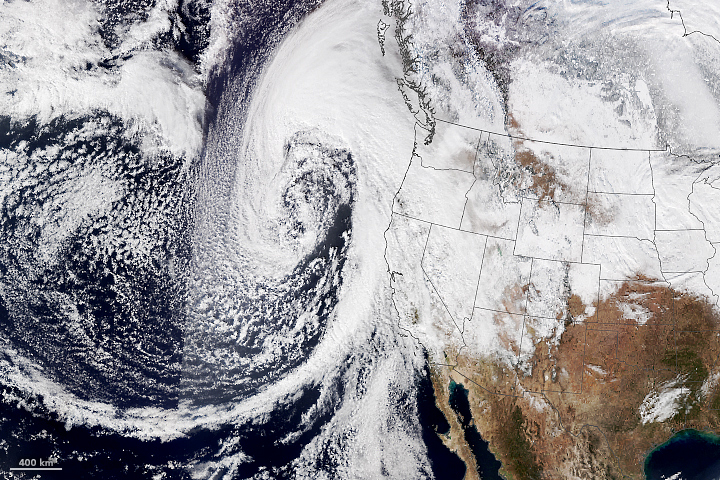
California, another region frequently impacted by atmospheric rivers, could face similar extreme events in the near future. These storms provide up to 50% of the state’s annual precipitation but also carry the potential for severe flooding and landslides. As climate change intensifies weather patterns, California may soon experience atmospheric rivers of similar magnitude to those affecting British Columbia. This risk is compounded by projections that atmospheric rivers will become more intense, concentrating larger amounts of rain into fewer but more extreme events.
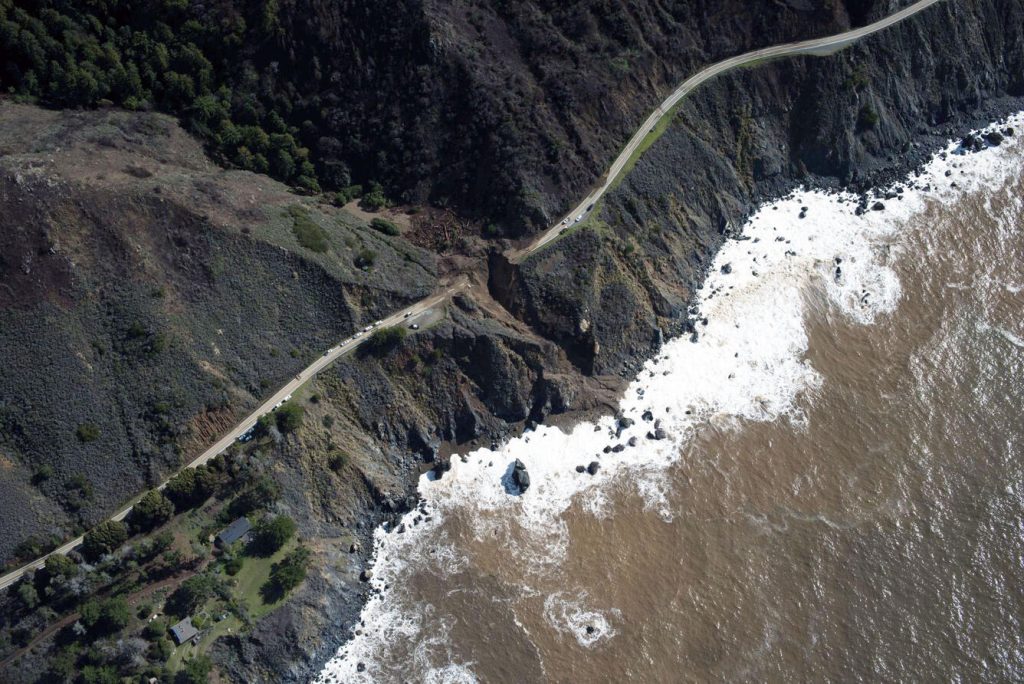
California has already experienced the effects of intense atmospheric rivers, such as the Category 5 storms in October and November 2021, which caused widespread flooding and damage. Experts warn that a similar event in the future could lead to catastrophic consequences for the state.

The USGS has even developed a scenario known as ARkStorm, which envisions a mega-storm that could cause $350 billion in damages and widespread disruption across California, similar to the storms that caused the Great Flood of 1862.
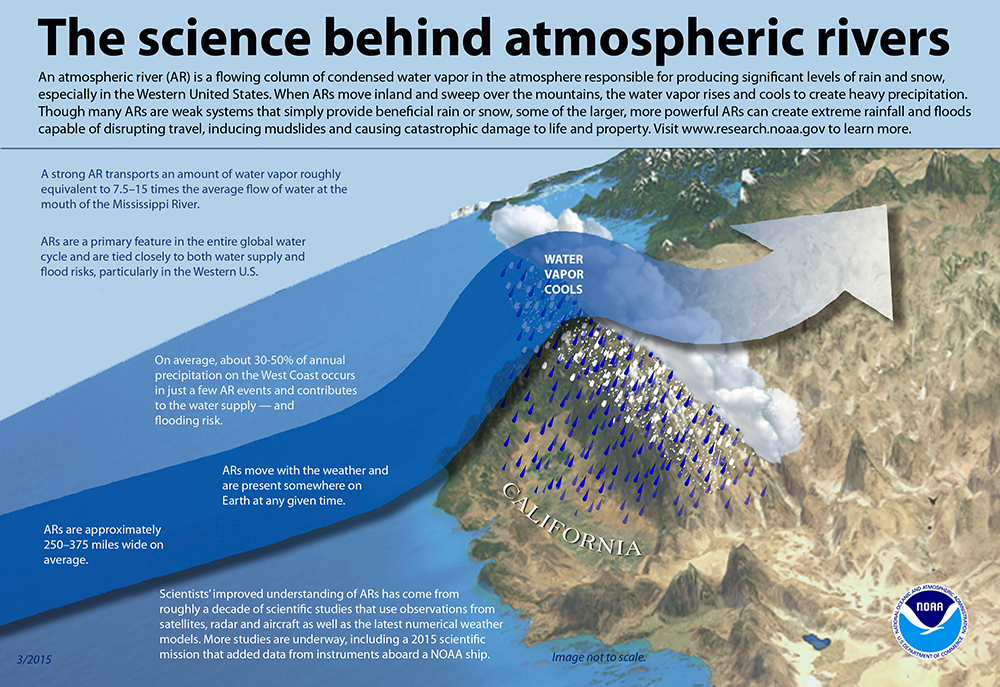
Research shows that climate change is not increasing the frequency of atmospheric rivers but is amplifying their intensity. As ocean temperatures rise, the water vapor content in these storms increases, leading to higher rainfall amounts in shorter periods. For California, this means the possibility of devastating floods, especially as snowpack levels—which provide crucial water storage during the summer—decrease.
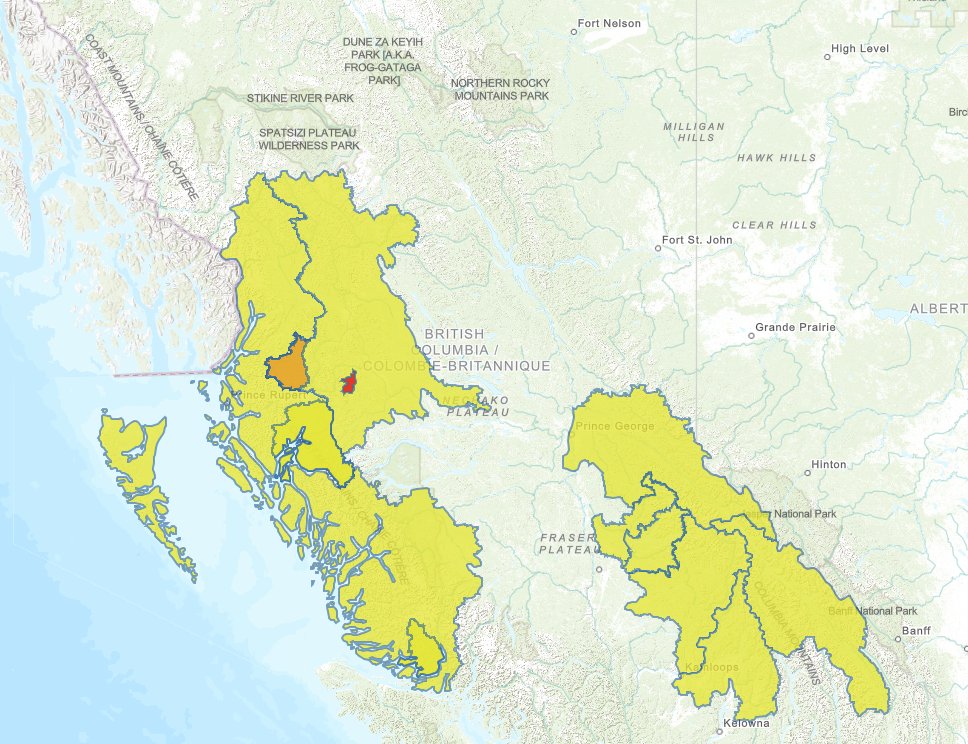
As British Columbia recovers from this Category 5 atmospheric river, California faces the looming threat of a similar storm. While atmospheric rivers can be predicted days in advance, allowing for preparation, the scale of potential destruction requires long-term planning and infrastructure improvements to minimize their impact. California’s future depends on its ability to adapt to the increasing intensity of these storms, which could bring both drought relief and severe damage.
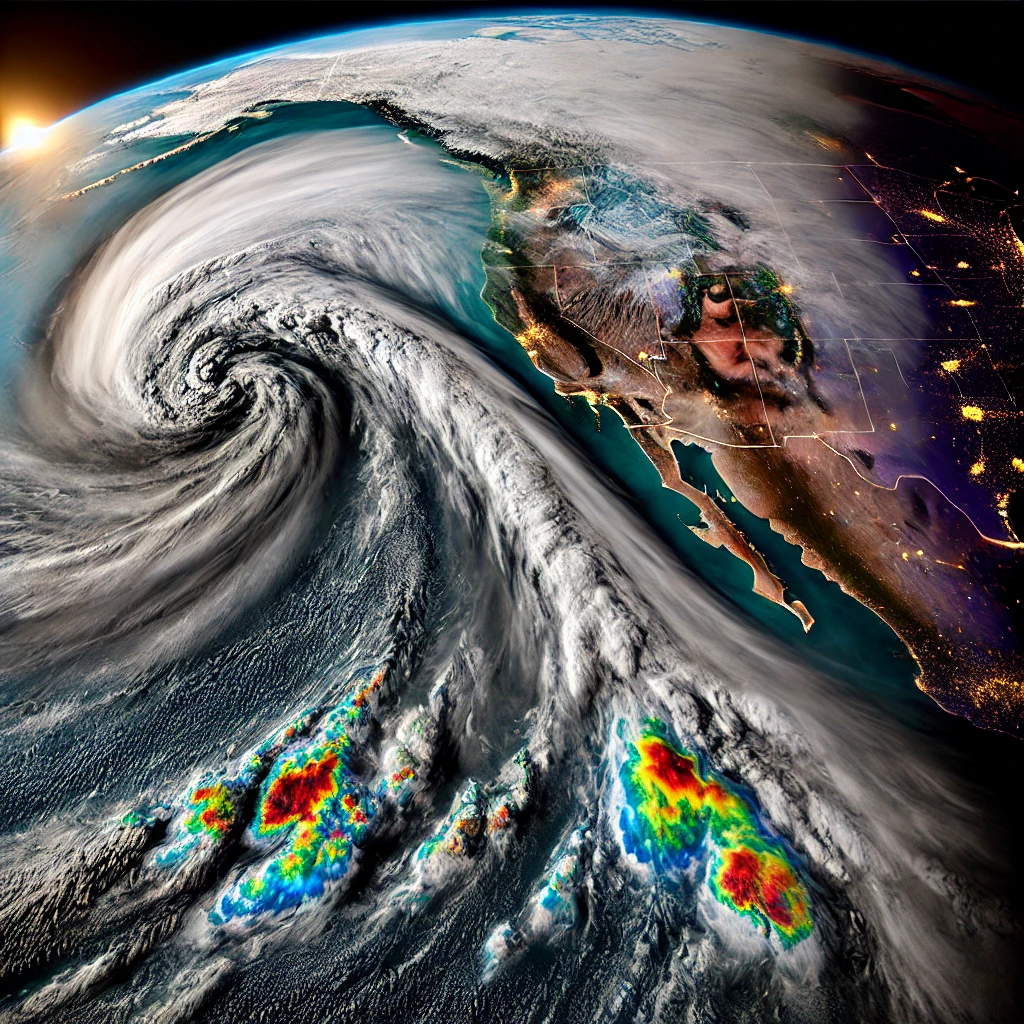
The recent storm in British Columbia serves as a warning that California must remain vigilant in preparing for its own “Big One,” a mega-storm driven by an atmospheric river. As climate change continues to fuel extreme weather, the West Coast is likely to face more frequent and intense storms in the years to come, with atmospheric rivers at the forefront of this evolving threat.





